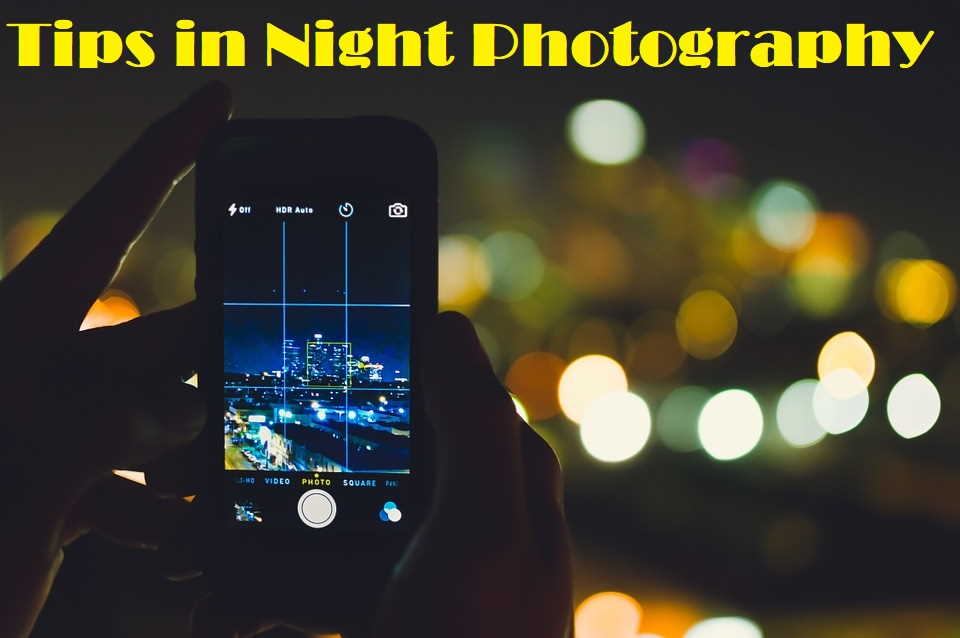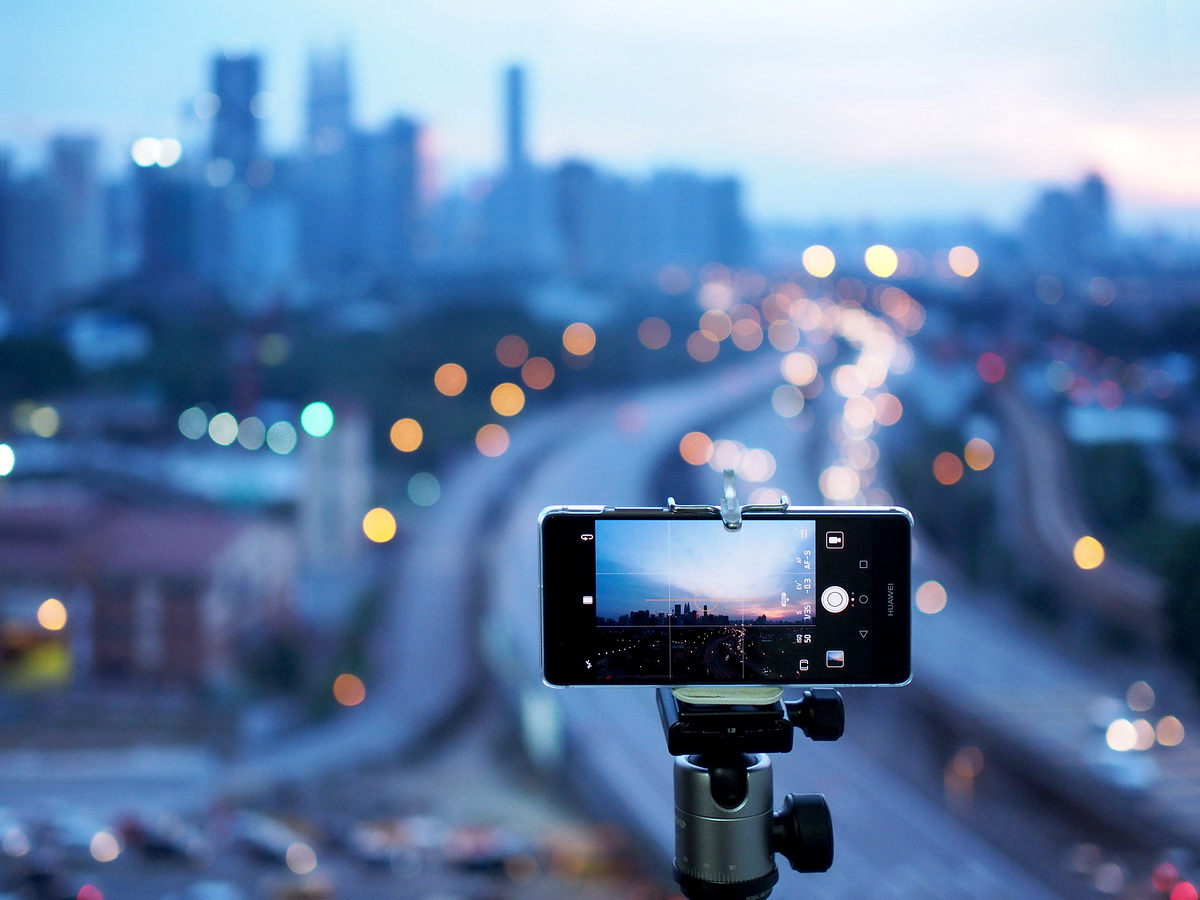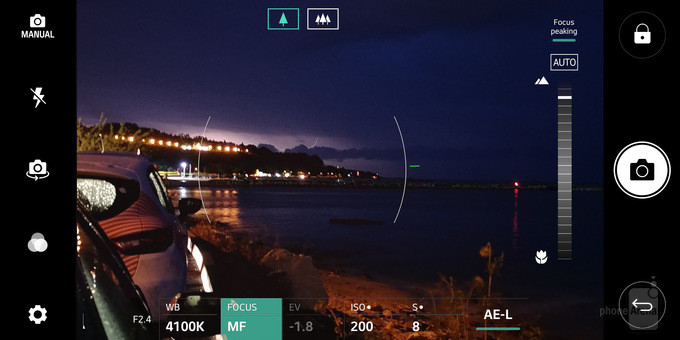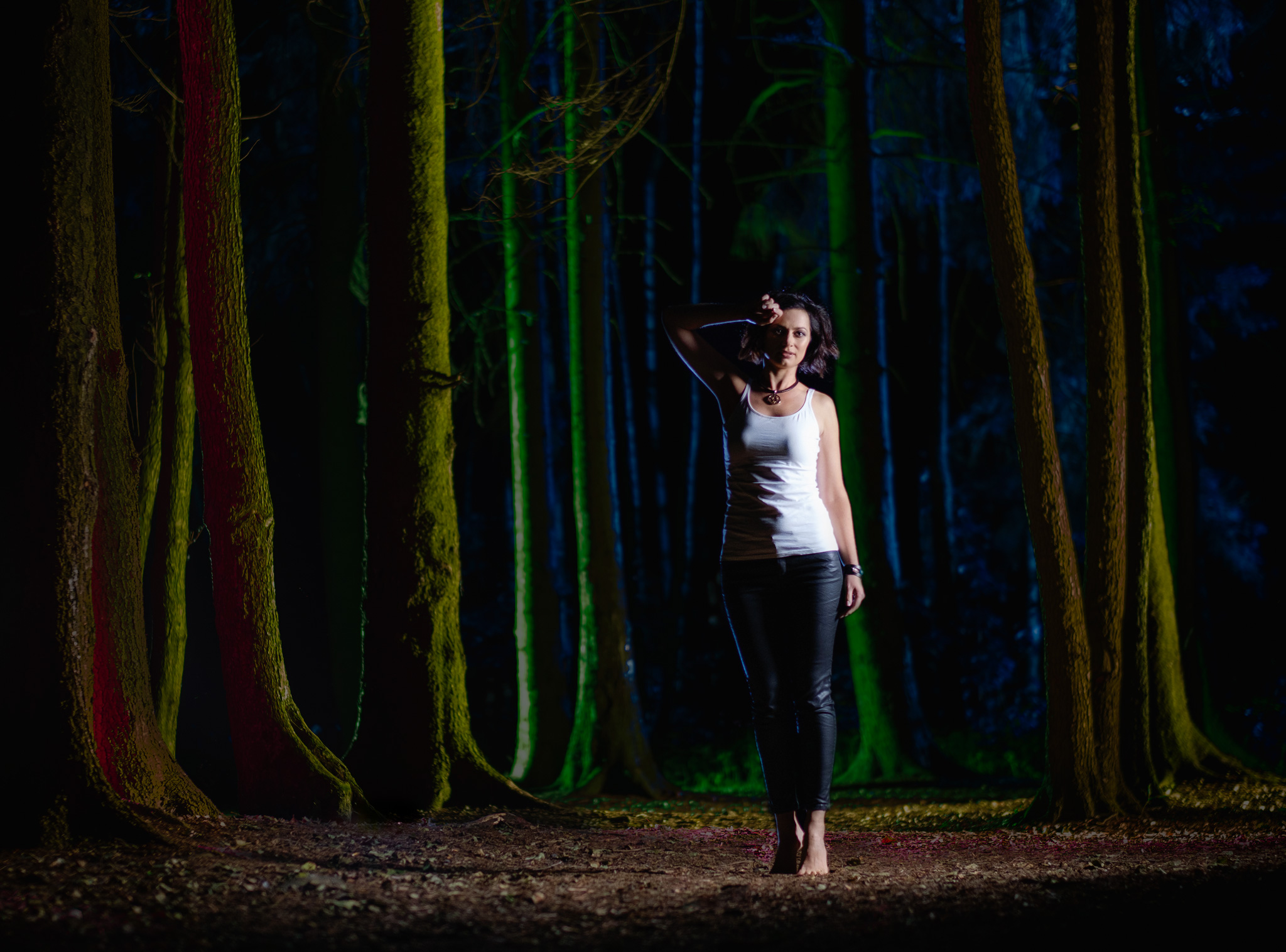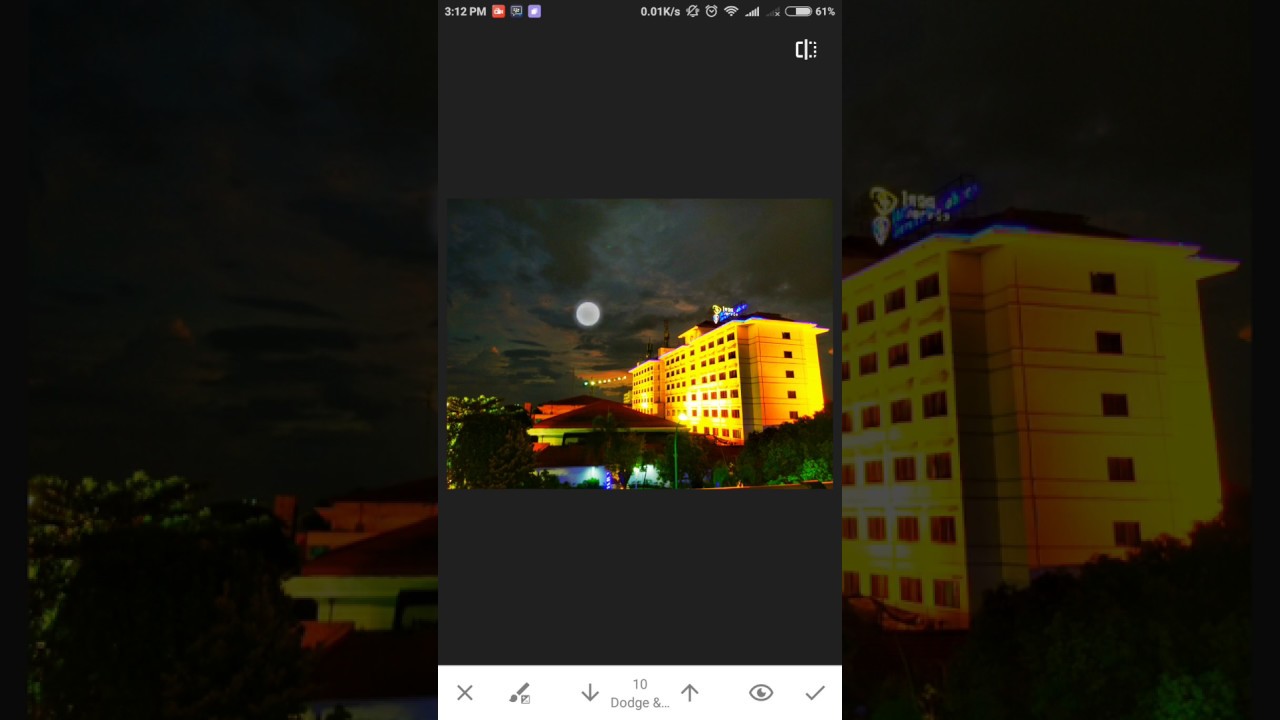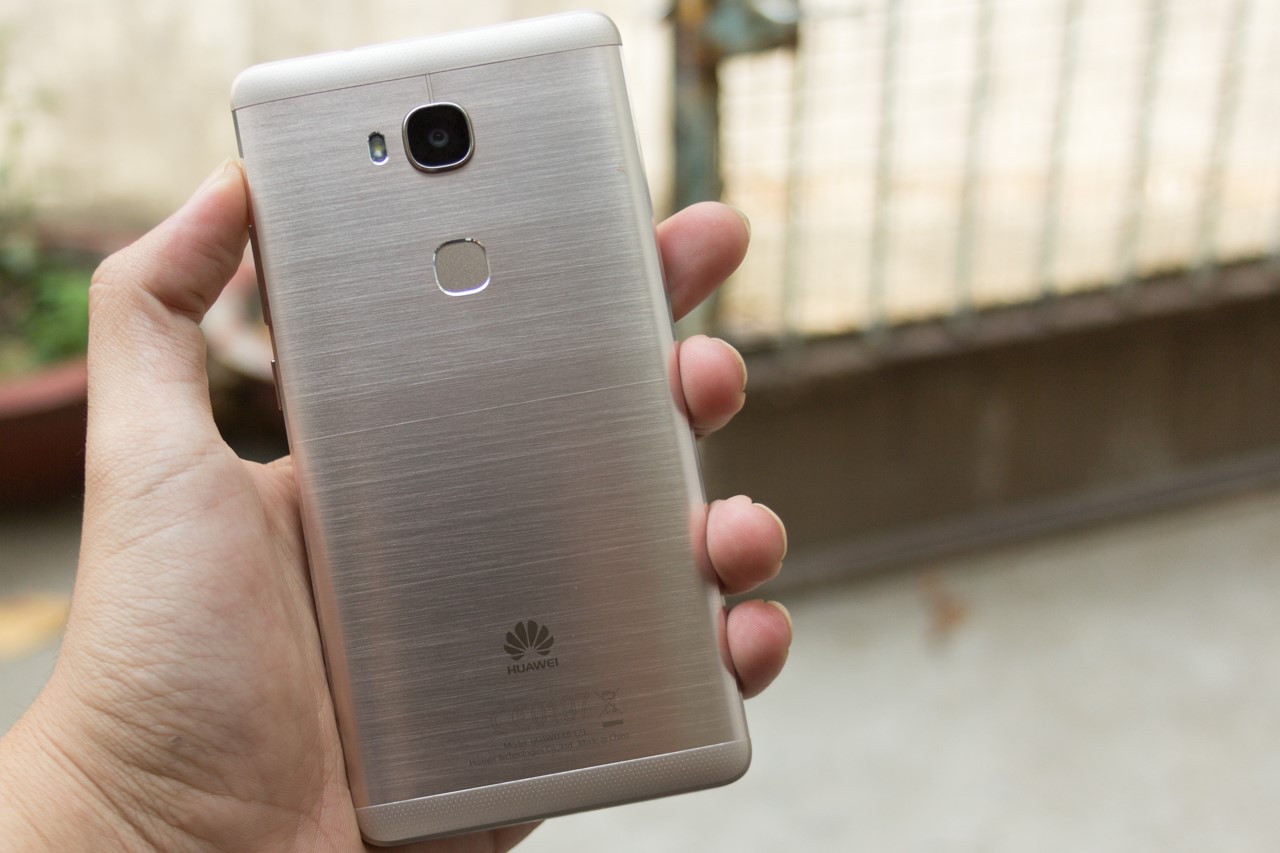Are you wondering how to take amazing night photography using your iPhone or Android smartphones? We gather up tips and tricks to help you create wonderful images even at night. Check them out below.
Taking photos at night is more difficult than taking photos when the sun is up. You need to learn some basic techniques and creative tips to take your night photography to the next level. In this article, you will learn some tips and tricks that you can use to create amazing night photography using your Android or iPhone.
Essential Night Photography Tips
1. Stabilize
Taking pictures at night is harder if you tend to shake or you don’t use any accessories to keep your smartphones stable. With the low light levels, your phone’s camera needs a longer time exposure to capture great images. Therefore, you should use a tripod that best fit your iPhone or Android smartphone.
Invest in a good and durable tripod to help you with your night photography. It can help you stabilize your smartphones and create better images at night. Moreover, a tripod is also useful not just for smartphones but also for professional cameras. Therefore, if you’re really into photography, buying a tripod is advisable. Nonetheless, if you don’t want to spend your money on a tripod, you can use a wall or a table to stabilize your phones. Just rest your phone carefully against a wall, a table or anything sturdy to capture a picture. Set the timer and you’ll definitely get better night images.
2. Use Manual Mode
Manual can do magic when taking night photography with both iPhone and Android smartphones. Phone lenses have difficulty finding focus automatically at night, so it’s better to switch to manual mode.
Moreover, using manual mode can help you tweak more features on your phone camera. For example, adjusting your shutter speed and ISO can help you create better photos at night.
ISO determines how noisy an image is and apertures are fixed on smartphones, therefore you must adjust the shutter speed. Leave the shutter open to get cleaner photos at a certain exposure. If you want to have a noise-free image, make sure to have longer shutter speed. This technique is best for static objects.
3. Use Environment Lights to your Advantage
Sometimes, it’s not about adjusting the settings of your Android or iPhone that can help you create good pictures at night. There are times that you have to take advantage of any light that you can get from your environment.
Brighter objects create less noise, so if you’re taking images of your friends or loved ones, make sure the light is hitting them. In addition, you can also make creative photos using night-lights and backlights. For backlights, you can catch silhouettes in front of store windows. You can conveniently use this light to shine on the back of your subjects. On the other hand, night-lights like neon signs and streetlights can create a good background on your subjects. Just make sure to use your creativity.
4. Use Editing Apps
There are many editing apps for you to download free in Google and Apple Play store. You can try Snapseed or PicsArt Photo Studio. Just make sure that you edit your photos after taking them not while creating them. You can add filters and other effects to make your photos look creative.
Editing your photos through apps can be tempting that you might add more than what you need. Be careful about adding filters and effects. Keep in mind that filters or effects should enhance your photos not to degrade them.
5. Learn the Basics of your Camera Phone
Night photography is harder than normal daytime photography so it’s always better to learn the strengths and weaknesses of your iPhone or Android Camera.
iPhones, in general, have better image processing by default, while Android smartphones have a better advantage on raw photography. When you know the basics of your camera phone, you can learn to adjust them wisely when creating night photography.

